Fundraising adds. Marketing multiplies.
Many nonprofits substitute the word fundraising when they speak of their marketing efforts. Many more nonprofits use fundraisers exclusively in their marketing efforts, and that mentality is, oddly enough, limiting their ability to raise funds.
I say that because, at their core, fundraising tactics rely on personal selling. Marketing on the other hand is about one organization selling to many. Which means, fundraising is like addition and marketing is more like multiplication.
They both have a goal to raise funds—and they’re both important. Yet, they’re very different.
What leads to exponential growth?
Most new and small nonprofit organizations have limited funds so they naturally gravitate to fundraisers as a way to create donor interest and bring in immediate dollars. While the initial investment may seem smaller, many nonprofits fail to realize that there are significant, uncalculated costs to using this approach, especially when it’s used exclusively.
The unanticipated cost of replicating and growing these efforts often includes hiring additional, experienced personnel. Because development is a very labor intensive and—as the sophistication of the program grows—a highly-skilled profession, nonprofits often need to add higher-paid, more experienced development staff to grow the program. And then there’s the cost of prolonging low organizational awareness (a development officer, or even a fundraising event, can only reach a limited number of people).
In short, development is about chasing a limited group of donors and asking for gifts. While marketing is about creating considerable interest among broader audiences and giving them reasons to give.
Marketing divides. And, eventually, subtracts.
A core marketing strategy is to segment (divide) and prioritize potential donors, looking to maximize efforts and create compelling messages that connect with many different donors on many different levels. By doing this, an organization creates multiple revenue streams coming in from a larger pool of donors.
Contrast that with development officers who only have so much time and, as a result, tend to stay focused on larger gifts and wealthier individuals—a critically important, but limited, crowd.
Plus, a primary objective of any truly successful marketing program is to decrease the cost of selling. Which is to say, one key attribute of a good marketing program is that initial investments have an ROI that continues to grow and costs that shrink over time.
When 1 + 1 = 3. Or more.
My point here is not to say that organizations shouldn’t use or hire development professionals. Of course, most nonprofit organizations need strong development officers and should do all they can to support them.
However, to not also deploy marketing is doing your development department and your organization a disservice. Any good development professional will agree that great marketing creates an environment for them to be more successful. And when they work seamlessly together, the results are most always exponentially better.
To help make the distinction between fundraising and marketing even clearer, review the chart below to understand orientations of each discipline.
| FUNDRAISING ORIENTATION | MARKETING ORIENTATION |
| Emphasis is on the individual | Emphasis is on the market |
| Adds donors through one-to-one or limited-reach efforts. | Multiplies donor opportunities through one-to-many efforts. |
| Focus is on organizational needs | Focus is on donor desires, needs and wants |
| Management is sales volume driven | Management drives growth through reach and frequency |
| Short-term planning in terms of today’s needs | Long-term planning in terms of immediate needs and future goals |
| Views donor as last link in organizational success | Views donor creation as the primary purpose of the organization |
| Fundraising is marketing | Marketing includes the fundraising discipline and creates the environment for its success |
How about your organization—are you limiting your opportunities for success by using only addition? Or do you also use multiplication to add to your bottom line? Let us, and others, know so we can be exponentially inspired and put ourselves in the best position to DO MORE GOOD.
—
My goal is to provide relevant ideas and practical examples that nonprofit organizations like yours can use to strengthen your brand, develop more effective marketing programs, and achieve greater impact and returns so you can do MORE good.]
Bill McKendry
